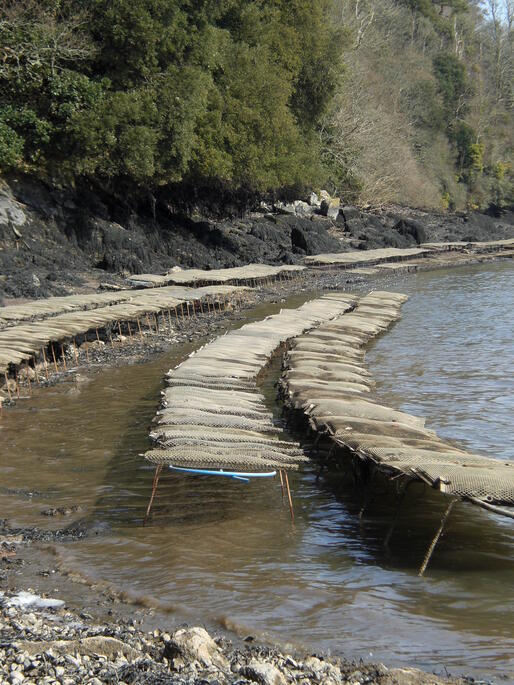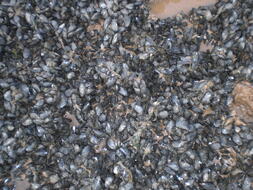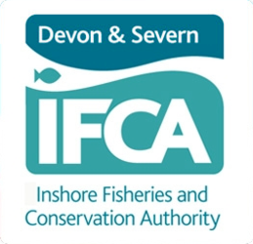Mariculture
- Home
- Environment & Research
- Mariculture
Page review/updated 04/12/2024
(Content of overview page last updated: 21st November 2022)
The Food and Agriculture Organisation of the United nations (FAO) (1988) defines Aquaculture as:
“Aquaculture is the farming of aquatic organisms, including fish, molluscs, crustaceans and aquatic plants”.

Farming implies some form of intervention in the rearing process to enhance production, such as regular stocking, feeding, protection from predators, etc. Farming also implies individual or corporate ownership of the stock being cultivated. For statistical purposes, aquatic organisms which are harvested by an individual or corporate body which has owned them throughout their rearing period contribute to aquaculture, while aquatic organisms which are exploitable by the public as a common property resources, with or without appropriate licences, are the harvest of fisheries.” Mariculture is a specific form of aquaculture which occurs solely in marine environments, including in estuaries, intertidally, subtidally, and offshore.
There is increasing interest, at local to international levels, in sustainable mariculture as a source of revenue and high-quality resources. UK aquaculture production escalated in the 1980s, leaping from 200 tonnes in 1979 to 50,040 tonnes in 1990. In 2017 total UK aquaculture production totalled 227,434 tonnes worth approximately £1.1 billion. UK aquaculture is primarily dominated by Scottish salmon production, though shellfish mariculture dominates the sector throughout the rest of the UK: 2018 shellfish production totalled around 21,000 tonnes worth £28.3 million.
Mariculture plays an important role within D&S IFCA’s District as summarised here. D&S IFCA therefore recognises the importance of having a Mariculture Strategy for the District in terms of
a) an ability for the District to benefit from upcoming mariculture developments at a national scale,
b) effectively balancing social, economic and environmental considerations in the sustainable exploitation of wild or cultivated sea fisheries resources (a duty under s. 153 (2) (a, b) of the Marine and Coastal Access Act 2009 (MACAA),
c) promoting regional development of sustainable mariculture within the District (s. 153 (2) (c) of MACAA), and
d) balancing the different needs of persons engaged in the exploitation of sea fisheries resources in the District (s. 153 (2) (d) of MACAA).

D&S IFCA has therefore developed a Mariculture Strategy which is a vital means to enable development of sustainable mariculture businesses within the District and is the first of its kind produced by an IFCA. It considers the options for intertidal, inshore and offshore cultivation, shows examples of these within the District, and highlights limitations and opportunities that may arise.
The Strategy also outlines a range of actions to be taken to support and encourage the development and management of sustainable mariculture in the District. Pursuit of these actions is a key component of D&S IFCA’s Annual Plan. As outlined in the Authority’s 2022–23 Annual Plan, D&S IFCA is committed to helping ensure that mariculture is developed sustainably within its District for the benefit of local businesses and ecosystems. For more information on the Strategy, please visit D&S IFCA’s Mariculture Strategy webpage, below.
